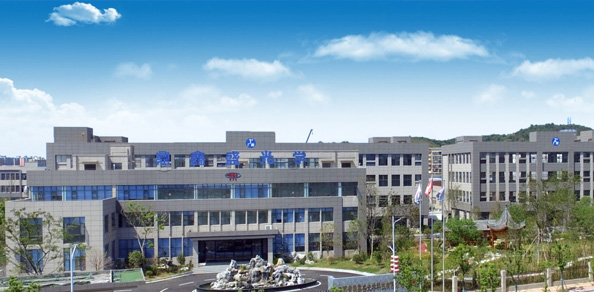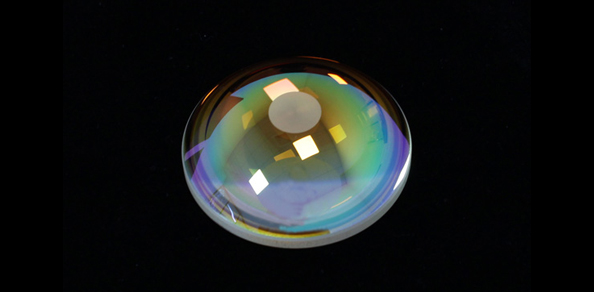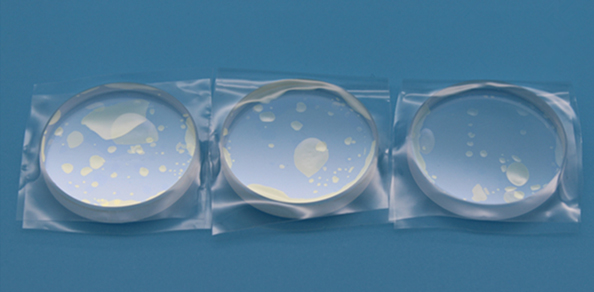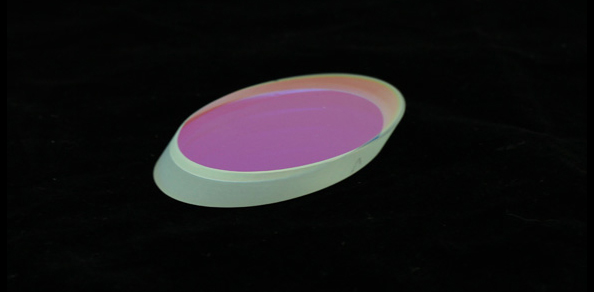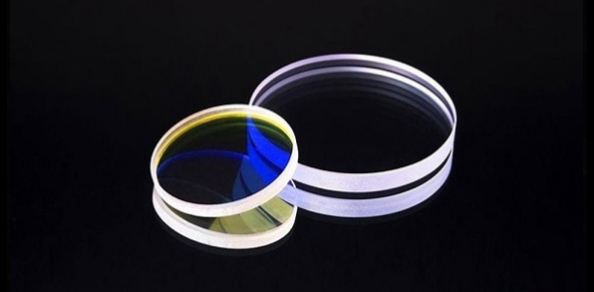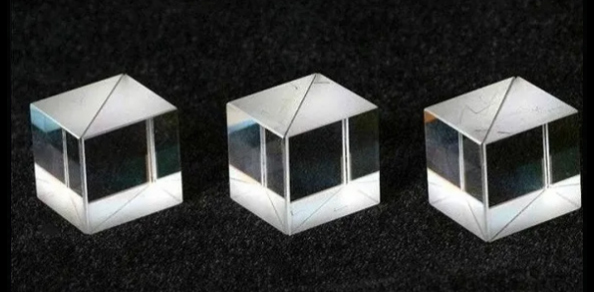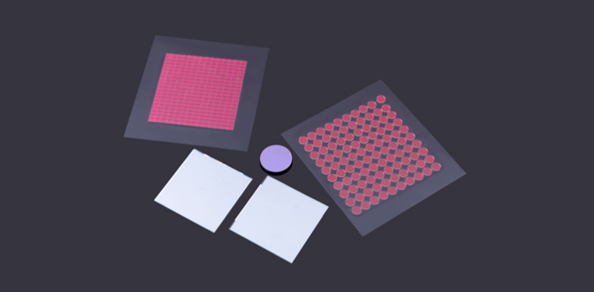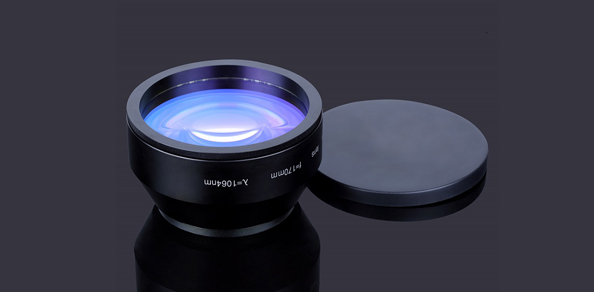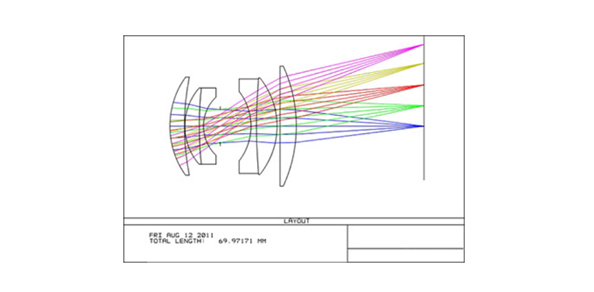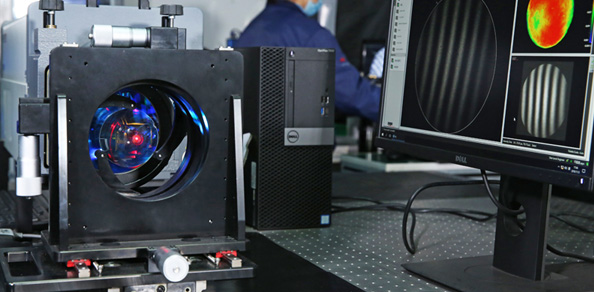
(1) The first generation anti-wear film technology
Anti wear film began in the early 1970s, when it was believed that glass lenses were difficult to grind due to their high hardness, while organic lenses were too soft and prone to wear. Therefore, quartz material is deposited on the surface of organic lenses under vacuum conditions to form a very hard anti-wear film. However, due to the mismatch between its thermal expansion coefficient and the substrate material, it is easy to peel off and the film layer is brittle, resulting in unsatisfactory anti-wear effect.
(2) Second generation anti-wear film technology
After the 1980s, researchers theoretically discovered that the mechanism of wear is not only related to hardness, but also to the dual characteristics of "hardness/deformation" in film materials. Some materials have higher hardness but smaller deformation in focusing lens materials, while others have lower hardness but larger deformation. The second generation of wear-resistant film technology is to coat the surface of organic lenses with a high hardness and non brittle material through immersion process.
(3) Third generation anti-wear film technology
The third-generation anti-wear film technology was developed after the 1990s, mainly to solve the wear resistance problem of organic lenses coated with anti reflective film layers. Due to the significant difference in hardness between the organic lens substrate and the anti reflective film layer, a new theory suggests the need for an anti-wear film layer between the two to provide cushioning when the lens is subjected to abrasive wear and reduce the risk of scratches. The hardness of the third-generation wear-resistant film layer material is between that of the anti reflective film and the non spherical mirror lens substrate, with a low coefficient of friction and low susceptibility to brittle cracking.
(4) The fourth generation anti-wear film technology
The fourth generation of anti-wear film technology uses silicon atoms, such as the TITUS hardening solution from the French company Essilo, which contains both organic matrix and inorganic ultrafine particles including silicon elements, making the anti-wear film tough and increasing its hardness. The most important modern wear-resistant coating technology is the immersion method, which involves immersing the lens in a hardening solution after multiple cleaning steps, and then lifting it up at a certain speed after a certain period of time. This speed is related to the viscosity of the hardening fluid and plays a decisive role in the thickness of the anti-wear film layer. After lifting, polymerize in an oven at around 100 ° C for 4-5 hours, and the coating thickness is about 3-5 microns.

